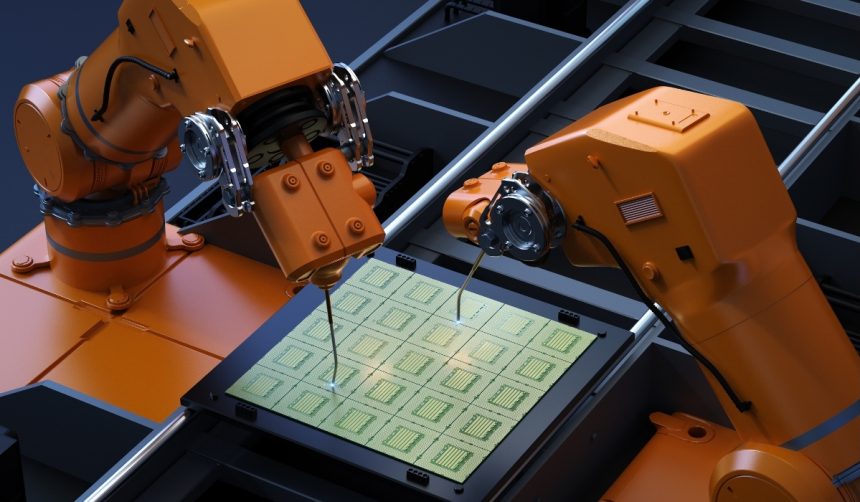Clinicians often face challenges in procedures that require precise needle placement, impacting consistency and outcomes across various specialties. With the healthcare sector increasingly turning to advanced tools to bridge gaps in provider expertise, Mendaera introduces its Focalist handheld robotic system, aiming to support practitioners in delivering ultrasound-guided needle interventions. Outside official statements, industry observers indicate that stakeholders are already considering how this technology might be adapted for other applications as digital health innovation accelerates.
Stakeholders in the medical device field have monitored the progression of image-guided robotic assistance for years. While prior efforts focused on larger-scale robotic platforms or targeted surgical specialties, recent trends reflect a growing inclination towards compact, specialty-agnostic tools. Earlier announcements from Mendaera primarily highlighted fundraising achievements and leadership background, whereas the current development centers on regulatory progress and clinical deployment plans. In contrast, other device-makers have faced prolonged approval timelines or restricted first-launch indications, whereas Focalist moves ahead with broader clinical applicability, particularly in both adult and pediatric populations.
What Sets Focalist Apart in Medical Robotics?
Focalist, designed by Mendaera, is recognized for its handheld format and integration with real-time ultrasound imaging, touchscreen targeting, and software-driven controls. This system is intended to assist providers in achieving consistent and accurate needle placements in interventions such as biopsies, vascular access, and organ-specific procedures. Advanced features like robotic needle positioning and depth-tracking aim to reduce procedural variability by supporting medical professionals across skill levels.
How Will Early Access to Focalist Work?
With 510(k) clearance from the U.S. Food and Drug Administration, the company is launching a limited release in select healthcare settings, focusing initially on urology procedures such as percutaneous nephrolithotomy. This pilot approach allows Mendaera to observe real-world use and gather feedback as they plan for broader application.
What Do Clinical Experts Think of Robotic-Assisted Needle Placement?
Some clinical leaders consider robotics an opportunity to enhance access and safety for common procedures. As Dr. Gerhard J. Fuchs noted,
“Ultrasound guidance offers the benefits of reduced radiation and better visualization of key anatomy, and when paired with robotics, can lower the barrier to precise access and instrument placement.”
Mendaera’s device is expected to impact how providers approach minimally invasive interventions, especially where procedural uniformity can influence outcomes.
Securing FDA clearance represents a milestone for Mendaera and signals a shift in the adoption curve of compact robotic assistance in procedural medicine. Focalist distinguishes itself through compatibility with ultrasound guidance and its focus on provider usability, diverging from earlier, bulkier robotic systems. Medical device investors and clinicians alike will watch the system’s performance as it moves toward wider commercialization in 2026. Patients may see benefits from improved procedural consistency, while institutions could gain from standardized protocols and reduced training time for practitioners new to needle-guided interventions. As regulatory and market landscapes for handheld surgical robotics develop further, the success of Focalist may prompt accelerated investment and innovation in this space, raising expectations for technology that directly augments frontline healthcare delivery.










